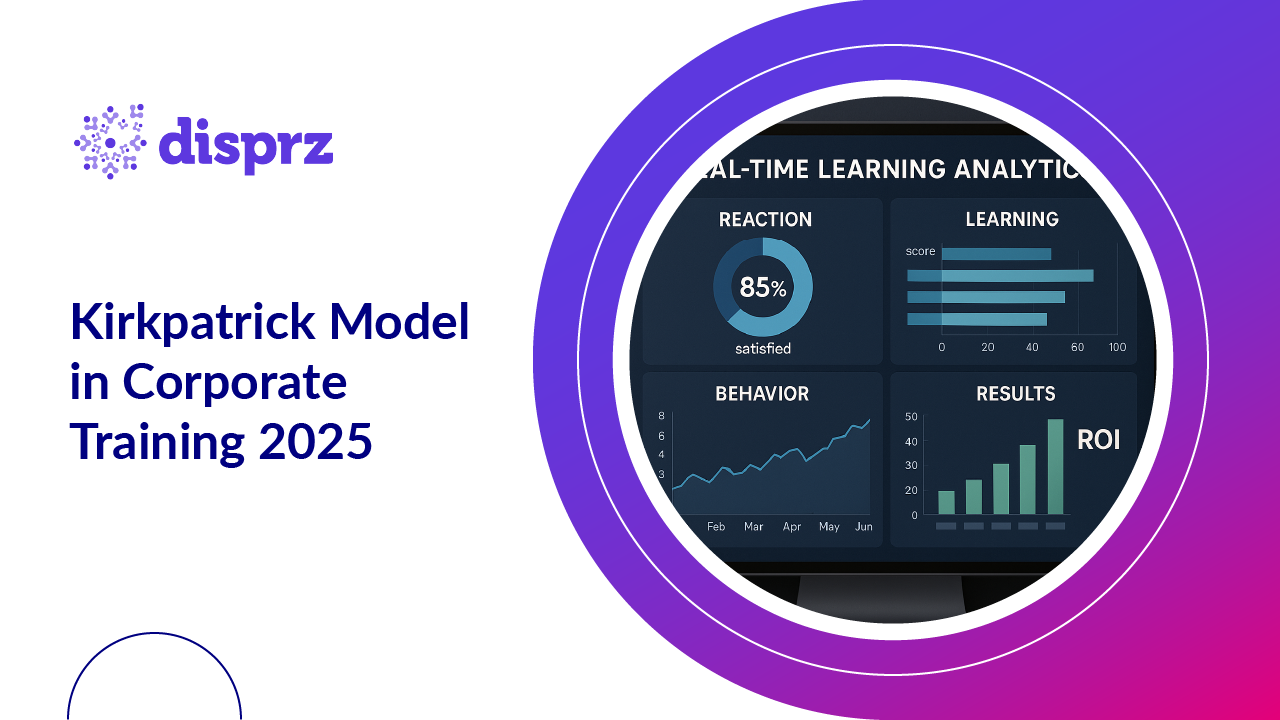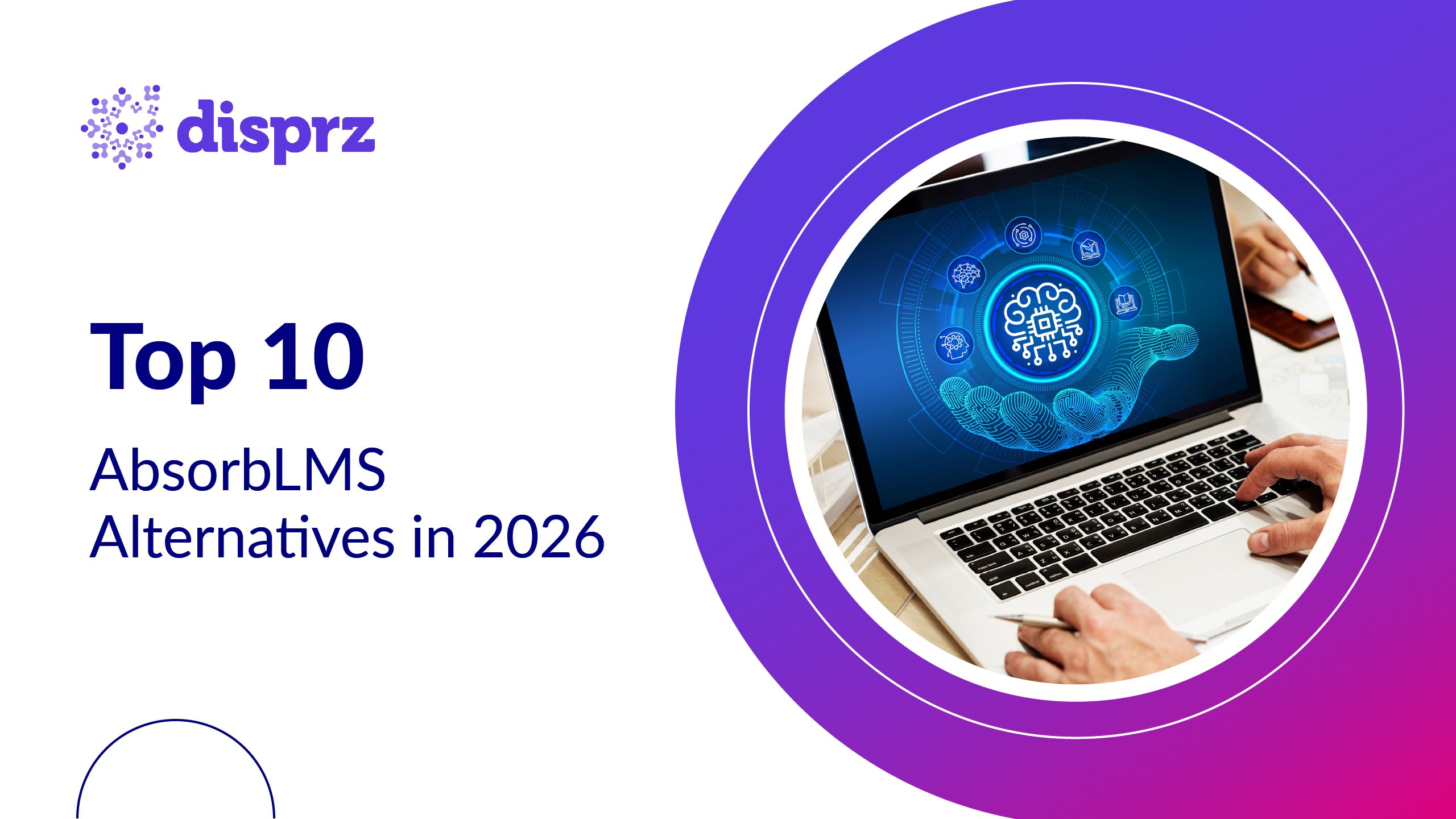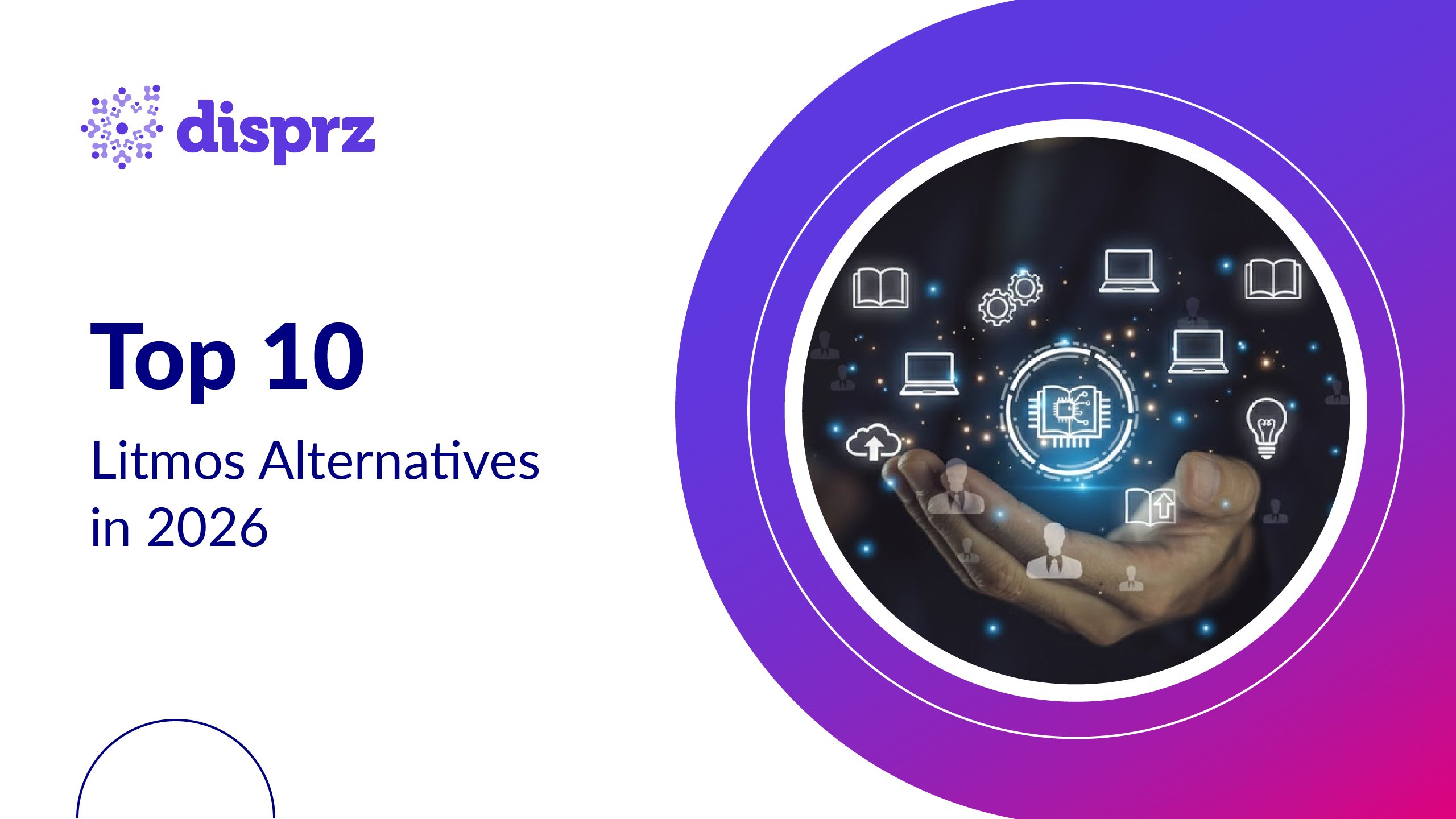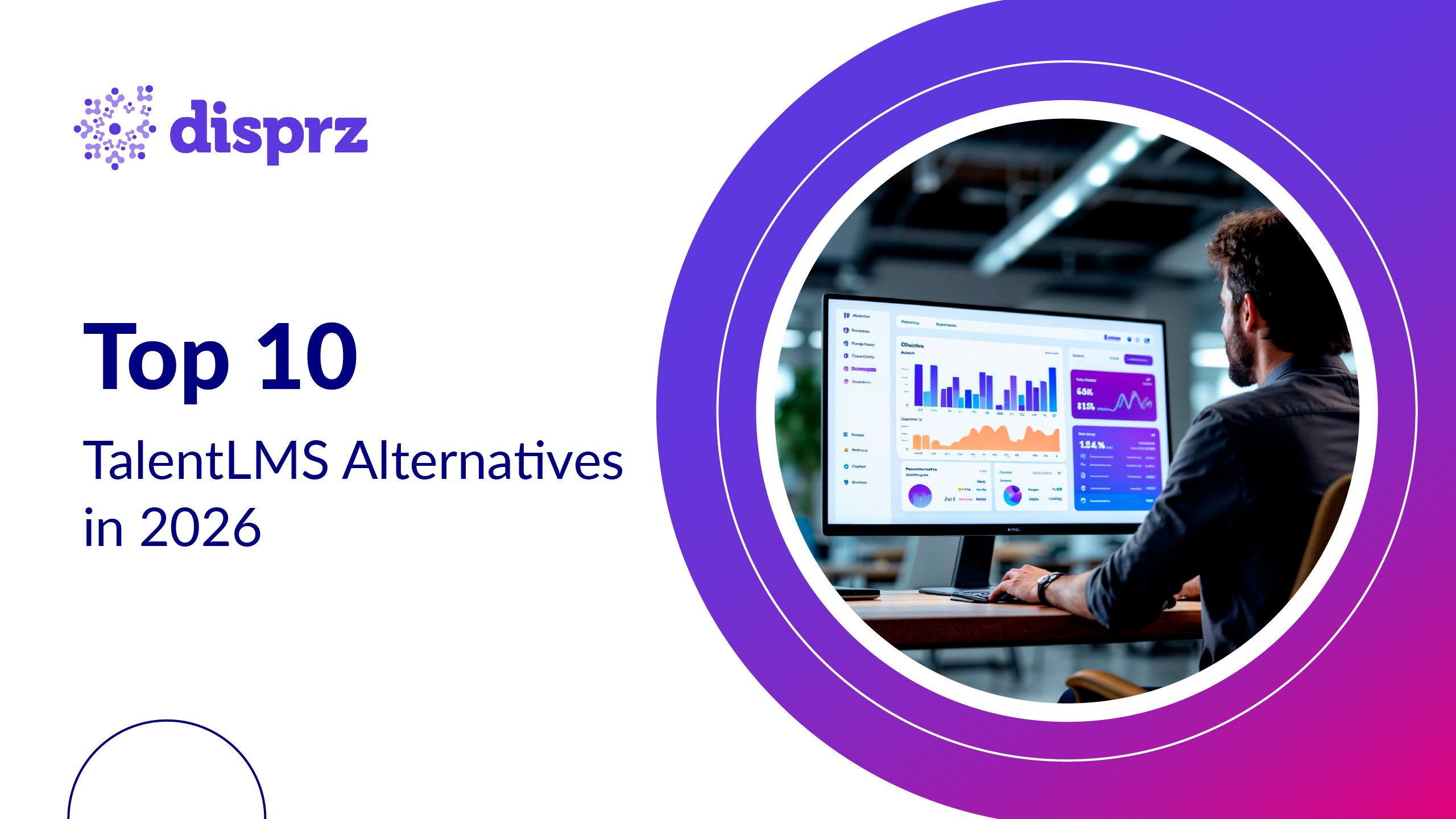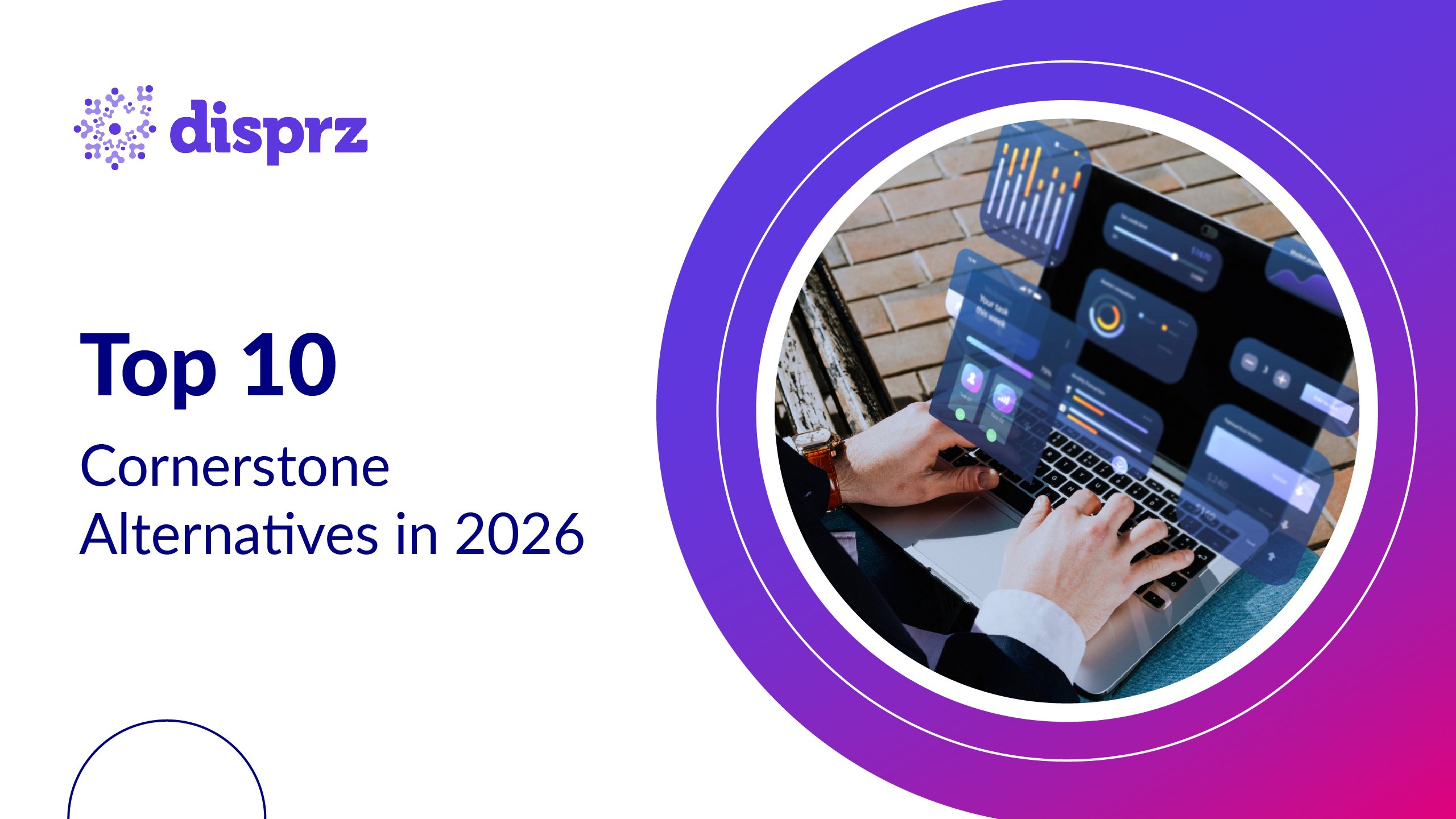Learning is no longer a quiet support function; it’s now under boardroom scrutiny. Every minute employees spend on training is expected to yield something tangible, like improved performance, better retention, and higher revenue impact. The bar has been raised. The question isn’t “Did they finish the course?” It’s “Did it actually change anything?”
That’s the pressure for 2025 and beyond. Leaders want proof, not just participation. They want to know if learning is driving faster onboarding, boosting sales KPIs, improving service metrics, or reducing compliance risk. The tough truth? Most L&D teams aren’t equipped to deliver those answers.
That’s where the Kirkpatrick Model comes in and why it’s back in conversations across forward-thinking HR and L&D teams.
At a glance, it's a simple framework built around four levels:
-
How did learners react to the training?
-
Did they actually learn anything?
-
Are they applying it on the job?
-
Is it impacting business results?
It’s not a new model. However, what has changed in 2025 is that we now have the data, tools, and systems, including AI-powered platforms, to apply it in real-time, across roles and business functions.
So if you're tired of reporting training completions and survey ratings that no one reads, and you're ready to build a learning function that earns its seat at the leadership table, this can be your strategic assistant.
What is the Kirkpatrick Model?
The Kirkpatrick Model is a four-level framework used to measure the effectiveness of training, from how learners react, to what they learn, how they apply it, and the business results that follow. It helps L&D teams move beyond just tracking attendance or quiz scores, and instead focus on real-world impact: Are people using what they learned? And is it driving measurable change in performance or employee training outcomes? In 2025, it’s become essential for proving ROI and designing learning that actually moves the needle.
What are the Four Levels of the Kirkpatrick Model
Level 1: Reaction
Did people like the training experience?
This is the surface layer, but it is still important. You’re measuring the immediate response: was the learning experience engaging, relevant, and well-delivered?
In the past, this was just smiley sheets and “rate this session” surveys. But in 2025, it's about collecting useful sentiment data, such as quick feedback through mobile nudges, heatmaps of interaction, or even emoji-based reactions in chat-enabled content.
What to look for:
-
Was the content relevant to their role?
-
Was the format effective - microlearning, video, hands-on?
-
Would they recommend it to peers?
Pro Tip: Don’t ask 10 questions. Ask 2 to 3 meaningful ones that reflect usefulness, not just satisfaction.
Level 2: Learning
Did they actually learn something new?
Here, you're measuring whether the training led to a change in knowledge, skill, or mindset.
This is typically where you assess learning and employee training outcomes, using quizzes, simulations, knowledge checks, or scenario-based assessments. In 2025, it’s also about adaptive assessments, where the system automatically adjusts questions based on learner confidence and behavior.
What to look for:
-
Pre vs post-assessment improvement
-
Skill scores from learning platforms
-
Engagement with advanced modules (a proxy for confidence)
Pro Tip: Don’t just test recall; test them in terms of application. Can they solve a real-world problem using what they’ve learned?
Level 3: Behavior
Are they applying the learning on the job?
Now we’re talking about real-world change. This level answers: “Is the learning showing up in how they work?”
This is where most L&D programs break down; not because the training was bad, but because there was no follow-through. In 2025, the best organizations use behavioral nudges, coaching interventions, or CRM integrations to reinforce learning in the flow of work.
What to look for:
-
Peer or manager feedback on observable change
-
System-triggered behavior logs (e.g., CRM, call quality, audit trails)
-
Productivity or output benchmarks
Pro Tip: Learning transfer takes time. Conduct a training effectiveness measurement 30-60-90 days after training, not the next day.
Level 4: Results
Did the training lead to measurable business outcomes?
This is a key aspect of the entire model. You’re measuring whether the learning investment drove performance for individuals, teams, or the business.
In 2025, this might mean looking at:
-
Sales uplift after product training
-
Lower compliance violations after the completion of risk modules
-
Faster ramp-up after onboarding redesign
-
Higher retention after leadership development
What to look for:
-
Business KPIs linked to the training goals
-
Time-to-performance metrics
-
ROI calculated via productivity or risk reduction
Pro Tip: It’s best recommended to define the desired business result first, then design learning backwards to support it. Most L&D teams do the opposite.
How to Apply the Kirkpatrick Model to Corporate Training?
Here is the step-by-step process to apply each level across modern corporate training.
Level 1: Reaction
“Did people find the training relevant and engaging?”
Goal: Understand learner perception; not for vanity, but as a diagnostic for relevance and engagement.
Steps to Apply Level 1 in Practice:
1) Design lean, meaningful feedback forms
Ask 3-4 focused questions around usefulness, relevance, and confidence gained. Example: “Can you apply this training to your current role?”
2) Automate feedback collection immediately post-training
Use your LMS, MS Teams, or WhatsApp bots to trigger real-time surveys. Keep it mobile-first and low-friction.
3) Capture reaction beyond surveys
Look at engagement metrics: Did they finish the course? Did they rewatch key modules? Use emoji responses, click rates, or heatmaps for interactive content.
4) Analyze feedback by role, region, or experience level
A poor rating from a new hire vs. a senior employee might mean different things.
5) Close the loop
Share feedback summaries with learners (“You said X, we improved Y”). Involve facilitators/trainers in analyzing and adjusting delivery.
Level 2: Learning
“Did they actually absorb new knowledge, skills, or attitudes?”
Goal: Confirm that learners are not just present; they’ve gained something meaningful.
Steps to Apply Level 2 in Practice:
1) Start with baseline testing (pre-assessment)
Gauge current knowledge before the training begins. Helps benchmark learning gains later.
2) Use scenario-based assessments, not just MCQs
Test judgment and decision-making, not rote memory. Use branching questions and simulations where possible.
3) Build in reflection checkpoints
After each module, prompt learners to summarize the takeaways or apply them to a real challenge. This reinforces retention while giving you insight.
4) Use adaptive quizzes powered by AI
Adjust difficulty based on learner performance and confidence. Platforms like Disprz support this.
5) Track progression patterns, not just scores
How long did they take to complete lessons? Did they revisit hard topics or skip ahead?
6) Certify or badge learning milestones
This creates tangible proof of capability for learners and managers.
Level 3: Behavior
“Are they using what they learned on the job?”
Goal: Confirm that the training led to real behavioral change consistently, not just once.
Steps to Apply Level 3 in Practice:
1) Define expected behavioral changes at the start
Be specific: “Reps should use the new 4-step objection handling framework in sales calls.”
2) Engage managers early
Share the behavioral outcomes with them so they know what to observe. Train them to coach and reinforce change during 1:1s.
3) Create follow-up moments
Check in at 30, 60, and 90 days via short nudges or surveys. Ask both learners and managers what has changed.
4) Use in-system behavior tracking
Pull data from CRM, helpdesk, LMS, or internal tools to see if people are using new processes or language. E.g., are reps uploading updated pitch decks? Are agents using new compliance forms
5) Embed peer accountability
Let peers rate or give feedback on each other’s behavioral change in a lightweight way. Create internal champions to model the change.
6) Gamify practice
Use practice scenarios (like chatbot-based roleplays) that reward applying the behavior post-training.
Level 4: Results
“Did the training deliver a measurable impact on business goals?”
Goal: Tie learning outcomes to real performance metrics and show ROI.
Steps to Apply Level 4 in Practice:
1) Define the business KPI before the training begins
Ask stakeholders: “What result should this training influence?” Examples: reduce average handle time, improve conversion rate, decrease onboarding time.
2) Build a KPI dashboard that connects learning to performance
Integrate LMS data with CRM, HRIS, or operations data. Use filters like team, region, or role to spot impact patterns.
3) Set up a control group or pilot test
Roll out training to one group, hold back another, and compare KPIs. If that’s not possible, use a “before vs. after” time window.
4) Collect qualitative data from managers and customers
Did team productivity improve? Was there a drop in rework or complaints?
5) Run impact interviews or focus groups
Talk to a sample of employees and managers after 90 days to hear what changed in work, performance, or attitude
6) Calculate ROI using time saved, quality improved, or revenue gained
Example: If training reduced onboarding time by 2 weeks, what’s the productivity or revenue gain per person?
7) Tell a story, not just a number
Package Level 4 results in a business outcome narrative: “After launching our new onboarding path, the productivity of new hires improved by 22% within 45 days.”
What Are Some of the Best Practices for Applying the Kirkpatrick Model in 2025
1) Start with Level 4, Not Level 1
Don’t build a course and then figure out how to measure it. Begin with the business outcome you want to drive, whether it’s reducing onboarding time, improving sales productivity, or lowering attrition. Then design backwards to ensure every level supports that goal.
2) Involve Managers Early
Your biggest asset in Levels 3 and 4 is the line manager. They see the behavior change (or lack of it) firsthand. Involve them from the start: co-own behavioral goals, actively participate in the behavior change assessment process, coach learners during critical moments, and report back impact, not just sit in check-ins.
3) Automate Learning Analytics Data Collection Wherever Possible
Modern platforms allow you to collect Level 1–3 data seamlessly, from in-app feedback to performance signals from CRM, HRMS, or Slack. Automate nudges, surveys, and tracking so measurement doesn’t become a separate project.
4) Don’t Treat the Levels as Silos
The real power of the Kirkpatrick Model comes when you connect the dots. Reactions (Level 1) often explain gaps in behavior (Level 3), and business impact (Level 4) can validate whether the learning content (Level 2) was on point. Look at them holistically.
5) Use Stories to Bring the Data Alive
Dashboards are great, but stories get buy-in. Supplement training impact metrics with learner or manager anecdotes: “After the conflict resolution module, I was finally able to de-escalate a customer who would’ve otherwise churned.”
6) Measure Longitudinally; Not Just Once
Learning isn’t a one-time event. Set up 30–60–90 day reviews, look for trends over quarters, and track how learning compounds over time. That’s where true corporate training ROI lives.
How to Measure Learning Impact Leveraging the Kirkpatrick Model
|
Metric Category |
Kirkpatrick Level |
What to Track |
Data Source |
Sample Metric |
Insight to Extract |
|
Learner Feedback |
Level 1: Reaction |
Post-training surveys, engagement ratings |
LMS, MS Teams, WhatsApp Bot |
87% said training was relevant to their role |
Signals content usefulness and delivery quality |
|
Knowledge Gain |
Level 2: Learning |
Pre vs. Post-assessment scores |
LMS, LXP, Assessment Engine |
Avg. score improved from 61% → 87% |
Validates skill/knowledge uptake |
|
Behavior Change |
Level 3: Behavior |
On-the-job application, manager feedback, and usage tracking |
CRM, Field App, HRMS |
68% of managers saw a behavior shift in the first 45 days |
Indicates whether learning translates to work |
|
Business Results |
Level 4: Results |
Performance KPIs tied to training goals |
HRIS, CRM, Ops dashboards |
Avg. onboarding time reduced from 28 → 21 days |
Shows training’s measurable impact on business outcomes |
|
ROI Indicator |
Combined |
Cost vs. Value (Productivity, Risk, Revenue) |
Finance + L&D |
$75,000 saved through improved sales conversion post-training |
Tangible ROI proof for CFO/CHRO |
Conclusion
In every business conversation today, whether it’s about revenue growth, operational agility, or customer experience, one theme keeps surfacing: people performance. And yet, too often, learning is treated as a checkbox rather than a lever. The Kirkpatrick Model changes that. It gives us a practical, outcome-first way to hold learning to the same standard we expect from every other function: measurable ROI.
If we can track cash flow by the minute and pipeline by the day, we should know, with precision, whether our training efforts are improving performance, changing behavior, and moving the business forward. This isn’t about more reports. It’s about strategic accountability. In a market where skills are your only unfair advantage, the organizations that link learning to impact and prove it will move ahead.
FAQs
1) How long does it take to implement all four levels of the Kirkpatrick Model?
It depends on your data maturity and systems. Levels 1 and 2 can be implemented immediately with most LMS platforms. Levels 3 and 4 require planning, cross-functional alignment (especially with managers and business leaders), and 30–90 day tracking windows for real behavioral and business outcomes. Start small, pilot one program, build your case, then scale.
2) What kind of tools or tech do I need to measure Levels 3 and 4 effectively?
You’ll need more than just an LMS. Look for platforms that integrate with CRMs, HRMS, or performance systems. AI-powered learning platforms like Disprz can automate behavior tracking, pulse surveys, and link learning to productivity metrics. The key is to pull data from where work happens, not just where learning happens.
3) Is the Kirkpatrick Model still relevant in the era of AI and continuous learning?
Yes, it is. What’s changed is how you apply it. AI enables real-time insights, predictive learning paths, and smarter assessment, making it easier to measure all four levels continuously, not just at the end of a course.



